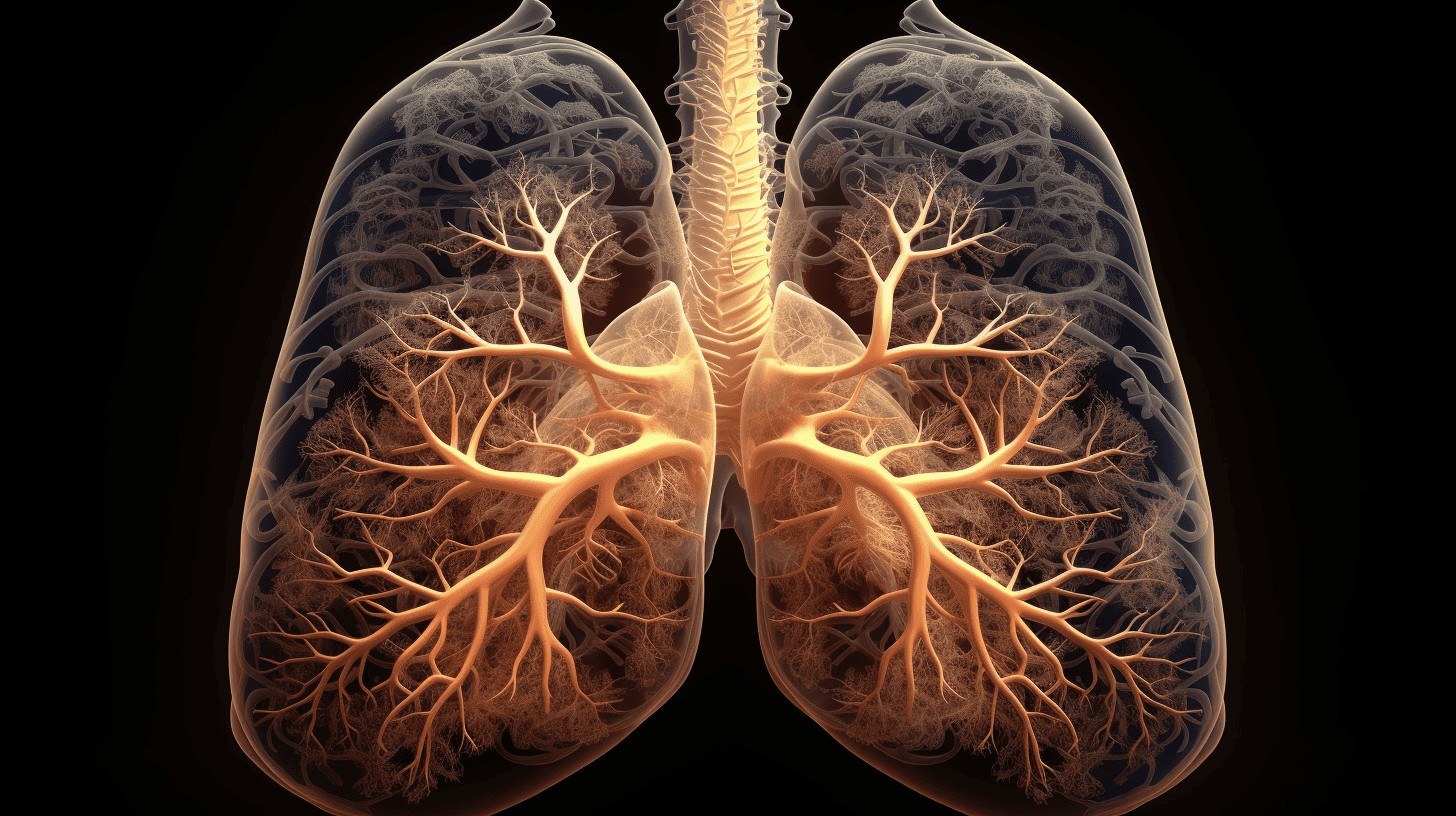
People living in areas where air pollution is 20% higher than the standard are twice as susceptible to infection with the Coronavirus, a new study by the World Bank claims. The study investigates the relationship between exposure to particulate matter and COVID-19 incidence in 355 municipalities in the Netherlands. The results show that atmospheric particulate matter with a diameter of less than 2.5 μm is a highly significant predictor of the number of confirmed COVID-19 cases and related hospital admissions. The study was led by Vrije Universiteit researcher Bo Pieter Johannes Andree.
Increased air pollution could just reflect the presence of human activity which instead explains the patterns, Andree first assumed. However, that does not explain why COVID-19 cases are not increasing rapidly in every densely populated area. “Suggestive evidence that the spatial distribution of COVID-19 cases is not purely random and might be related to environmental factors can be found by exploring several maps of confirmed cases.”
Brabant instead of Amsterdam and Rotterdam
There is a strong spatial correlation visible in four countries the study looked at, which is to be expected for a virus that spreads by human contact. Andree: “It is intriguing, however, that the highest case density in the Netherlands. is in Brabant, the southeastern part of the country, while major cities like Amsterdam and Rotterdam are in the west part of the country where the case density is lower. While Brabant is not the most populous province, it accounts for the highest contribution to nation-wide industrial GDP. Within the province, the sub-region Zuidoost-Noord-Brabant produces the highest contribution to industrial GDP.” This area approximately spans the COVID-19 case cluster that can be seen on the map.


The study asks for further investigation: “If particulate matter plays a significant role in COVID-19 incidence, it has strong implications for the mitigation strategies required to prevent spreading.” Also, “the air pollution link should be investigated in multiple countries and for wider ranges of PM2.5 concentrations. If the relationship extrapolates to higher concentrations, the implications for developing countries may be severe.”
The study started with the finding that China ranks among the worst globally in terms of PM2.5 concentrations and, within China, the Hubei province is among the more heavily polluted areas. The most heavily hit Italian region is the Lombardy area in the northern Po valley, which is among the regions with the worst air quality in Europe. Preliminary findings from Italian researchers started pointing towards a correlation between days of exceeding the limits for PM10 and the number of hospital admissions from COVID-19.
Regression analysis was performed using confirmed cases per 100,000 inhabitants, confirmed COVID-19 related hospital admissions per 100,000 inhabitants, and confirmed case counts as dependent variables. The study finds that PM2.5 is a highly significant predictor of all three indicators of COVID-19 incidence.









